Lagoon 40 (2020)
Marina Alimos - Kalamaki (Greece)
4 Cabins • 10 Berths • 39 ft
From 2 031 €
/filters:no_upscale()/destination/96cbbcbb-59a1-4766-82c3-885b6dedfe2a.jpg)
Boat rentals in the Mediterranean guarantee an unforgettable holiday. In excellent weather conditions, sailing on calm waters is a real pleasure. You can enjoy countless anchorage points, including wonderful small sheltered coves and well equipped harbours. Onboard a chartered boat is the best way to admire all the charms of the Mediterranean. Boat hire in the Mediterranean offers an exceptional cruise in a stunning natural setting.
Marina Alimos - Kalamaki (Greece)
4 Cabins • 10 Berths • 39 ft
From 2 031 €
Seget Donji (Croatia)
4 Cabins • 10 Berths • 42 ft
From 1 553 €
Marina Alimos - Kalamaki (Greece)
4 Cabins • 10 Berths • 46 ft
From 3 026 €
Marina Alimos - Kalamaki (Greece)
6 Cabins • 46 ft
From 3 838 €
Marina Alimos - Kalamaki (Greece)
6 Cabins • 50 ft
From 6 596 €
Seget Donji (Croatia)
4 Cabins • 10 Berths • 39 ft
From 1 157 €
Port Mahon (Spain)
5 Cabins • 10 Berths • 52 ft
From 14 400 €
Lefkada (Greece)
4 Cabins • 10 Berths • 46 ft
From 4 275 €
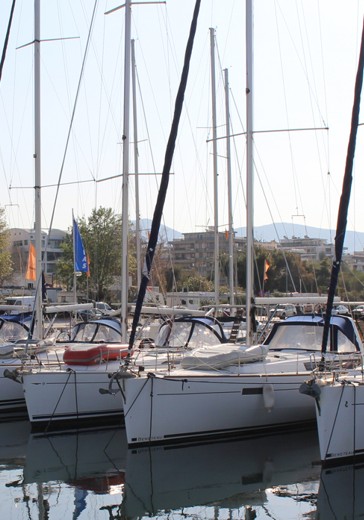
From 494 €
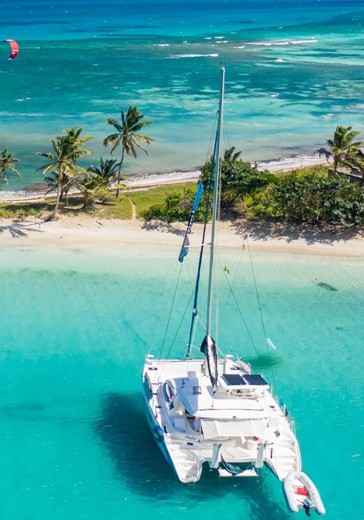
From 885 €
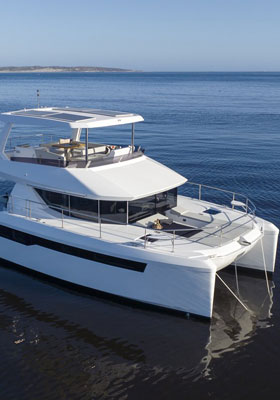
From 1 455 €
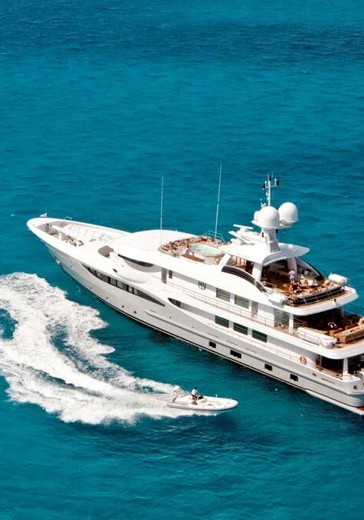
From 8 331 €
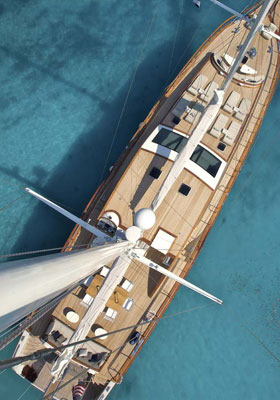
From 4 950 €
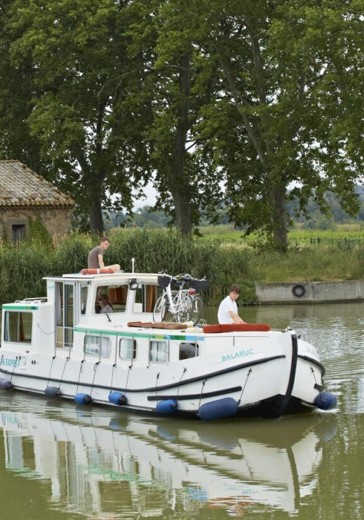
From 1 155 €
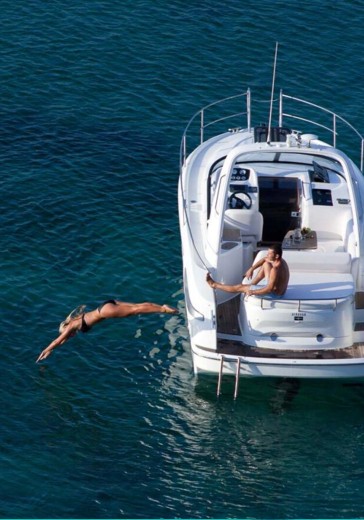
From 650 €
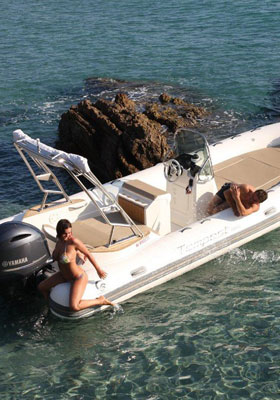
From 600 €
From 494 €
From 718 €
From 846 €
From 884 €
The Mediterranean is full of places each with its own flavour and adventures. It’s a sea where every journey becomes a story, and every destination promises something new. Unsure about where in the Mediterranean to sail? Dive into our guides below and let your Mediterranean sailing dream set sail. From the luxury of the French Riviera to the ancient seas of Greece, your perfect yacht charter is just a click away.
Embarking on a yacht charter in Corsica takes you to an island of rugged beauty and wild landscapes. Corsica is a blend of French and Italian cultures, with a character all its own. Here, you can navigate around dramatic cliffs, enjoy pristine sandy beaches, and explore quaint coastal towns. Corsica offers a perfect mix of natural beauty, cultural richness, and excellent sailing conditions.
Choosing a yacht charter to Croatia invites you to a land of thousand islands. With its crystal-clear seas, historic towns, and lively marinas, Croatia is a favourite among sailors. Whether you're exploring the ancient walls of Dubrovnik, the majestic waterfalls of the Krka National Park, or the party beaches of Hvar, Croatia offers a vibrant sailing experience with something for everyone.
Imagine hopping from one Greek island to another on your very own yacht charter to Greece. Here, history meets the sea. You can sail smoothly with the summer winds, drop by ancient ruins in the morning, and swim in crystal-clear waters by the afternoon. Greece is all about exploring at your own pace, finding hidden gems, and making memories on the water.
renting a boat in Italy offers a mix of colourful coastlines and delicious moments. From the dramatic cliffs of the Amalfi Coast to the laid-back vibes of Sicily and Sardinia, Italy is a feast for the senses. Picture yourself sipping on local wine, tasting fresh seafood, and soaking up scenes straight out of a postcard. Italy's coast is a dream for sailors who love culture, history, and natural beauty.
A yacht charter to the South of France is your ticket to the good life. Think about sailing by the glittering coast of Saint-Tropez or docking at a chic marina in Nice. It's all about stunning views, fancy eats, and feeling the breeze on your face. The South of France isn't just a place to sail; it's where you go to see and be seen, all while enjoying the best of the sea.
Spain, a country known for its vibrant spirit and diverse landscapes, offers an unforgettable yachting experience. From the hidden coves of the Balearic Islands to the sun-soaked beaches of the Costa Brava, every corner of Spain is a celebration of life at sea. Experience the Spanish way, where every moment is a fiesta and every meal a feast for the senses. Whether you're looking for a yacht rental in Spain for a serene escape into the Mediterranean's azure waters or to explore the rich cultural tapestry of its coastlines, Spain has it all. Here, leisure, adventure, and the joys of the sea come together in perfect harmony.
Choosing a yacht charter to Turkey will let you explore a land where continents collide. Turkey’s coast is a stunning blend of East and West, ancient and modern. Sail the turquoise waters of the Aegean and Mediterranean, explore ancient ruins, and enjoy the vibrant bazaars and marinas. Turkey offers a diverse and fascinating sailing experience, rich in culture and natural beauty.
Experience the allure of Montenegro's stunning coastline with a yacht charter. Montenegro offers a captivating blend of rugged mountains and serene Adriatic waters, making it a prime destination for sailors. Cruise along the Bay of Kotor, explore the historic town of Budva, and relax on the pristine beaches of Sveti Stefan. The country's unspoiled beauty, combined with its rich history and vibrant culture, ensures a unique and memorable sailing adventure in the heart of the Mediterranean. Set sail with our yacht charter in Montenegro and discover the hidden treasures of this beautiful region.
The Mediterranean is full of places each with its own flavour and adventures. It’s a sea where every journey becomes a story, and every destination promises something new. Ready to find out more? Contact our team today and see how we can help you find a verified boat rental in the Mediterranean.
The Mediterranean Sea, renowned for its captivating beauty and popular among enthusiasts for yacht hire, presents unique navigation conditions shaped by regional winds. These winds, including the Mistral, Tramontane, Marin, Gregale, Levant, and Libeccio, each have distinct characteristics that influence sailing and maritime activities. Their speeds, directions, and effects vary, impacting weather patterns across the region. Understanding these winds is crucial for anyone planning to navigate or hire a yacht in the Mediterranean, as they significantly affect sailing conditions, safety, and the overall maritime experience.
The Mistral is a dry and cold regional wind blowing at an average speed of 25 knots gusting to 50 knots during the day. This northerly wind blows in a northwesterly direction around Marseille, and from the west on the Mediterranean Coast and Corsica. This regional wind is often stronger in the winter and spring and can last several days. The Mistral usually comes up after the passage of a cold and rainy front all over France from the North West to the South East, and reaching the Mediterranean area.
The Tramontane is a strong, cold wind from the west-north-west, passing by the Pyrenees and the mountains of southern Massif Central.Quite similarly to the Mistral wind, it can get up in all seasons but more strongly in winter and spring, and with gusts of wind reaching 50 knots.The weather pattern triggering the Tramontane is comparable to the one bringing the Mistral:
- an area of high pressure reaching Spain and Southwest France,
- a north-north-westerly airstream (often in the form of a cold front) bringing cold air towards the Mediterranean regions, between this high pressure zone to the west and a depression in the Gulf of Genoa or the Tyrrhenian Sea to the east.
This warm, moist southeasterly wind blows over the whole Mediterranean area and generally brings heavy rain. It is strong, steady, sometimes severe, and comes up more frequently in the spring and autumn. It absorbs the moisture when passing over the Mediterranean and then returns it in the form of greyness (low clouds, mists, fogs) and rain, on the heights bordering the sea: the south-eastern sides of the Montagne Noire, the Corbières, the foothills of the Cévennes and the first Provençal heights.
When the Marin wind is not accompanied by rain, people call it “Marin blanc” (white Marin).
This northeasterly wind blows over the region of Provence, French Riviera, Languedoc-Roussillon and Corsica. It is a cold and dry wind in Corsica and Provence. However, when it comes into contact with the Mediterranean Sea, it becomes moist and brings rain (or even snow during cold winter spells) to the French Riviera, Roussillon and Aude.
This easterly wind blows over the Southern Alps and the Mediterranean coast to Corsica. It can be moderate to severe but is generally light and moist, and is associated with a cloudy sky and rainy weather. It blows very often at the end of the autumn season, in winter and spring. In Provence, the Levant sometimes comes up when it is sunny and people then call it “Levant blanc” (white Levant). The Levant tends to get up when there is a depression over the Bay of Biscay and a high-pressure zone over Eastern Europe.
The Libeccio is a southwesterly wind blowing over the French Riviera and Corsica. This wind is hot and dry when blowing over the French Riviera. In Corsica, in summer, it is generally dry, whereas in winter, it picks up moisture and causes rain or even thunderstorms. Coming from the west over the southern part of Corsica, it becomes a southwesterly wind in Balagna and on the western Cap Corse due to the orientation of the topography. The Libeccio is very strong and quite warm in Bastia.
Get in touch with our team today for your med yacht charter.